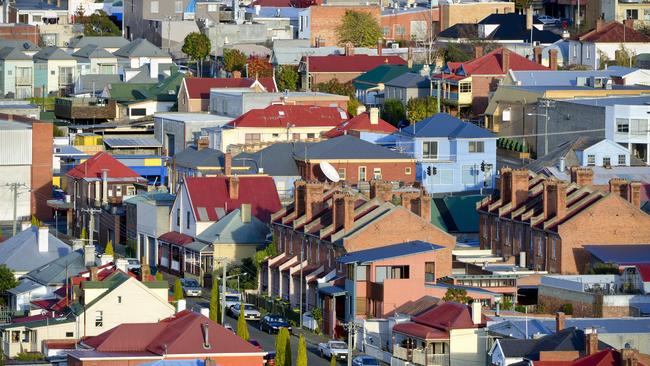Budget win for developers, but more housing supply needed to meet surging immigration
Fresh measures will bring more home buyers into the market, but not enough is being done about boosting supply.

The federal budget will provide a boost for the housing sector, with concessions for buyers and renters to aid major developers as they step up their operations to meet demand spurred by higher immigration and measures to improve affordability.
The expansion of the First Home Guarantee scheme and an increase in Commonwealth rent assistance are tipped to spur demand for both traditional housing and new areas of property.
Property sales have been sluggish in this year, but big players are hopeful that interest rate hikes have paused, allowing buyers to come back into the market.
However, the industry is still calling for further reforms to ensure that more housing supply is delivered, and building costs are contained.
Morgan Stanley analysts Lauren A Berry and Simon Chan said that tax breaks for build to rent – where withholding tax was reduced to 15 per cent from 30 per cent and capital depreciation increased to 4 per cent from 2.5 per cent – would spur activity.
They said the expanded first home guarantee scheme eligibility was a “small potential positive” for Stockland and Mirvac’s residential sales.
The boost to rental assistance payments is also expected to be a positive for land lease estates, which are increasingly popular.
Citi analyst Suraj Nebhani called out surging migration, low rental vacancy, an under-supply in the market and the low unemployment rate is creating a strong medium-term outlook for Australian housing.
The $2.7bn boost in Commonwealth rent assistance is positive for land lease players as it will help the 1.1 million households receiving the payments.
“We believe this is a positive announcement for the land lease operators, given a significant portion of the renters in land lease communities typically receive rent assistance,” Citi said.
The benefits for the build-to-rent sector would support the ongoing interest in the sector, helping companies like Mirvac. But the biggest push could come from migration, where the government unveiled forecasts of record net overseas migration which would hit 400,000 in 2022-23 before tailing off.
“Residential exposed stocks have bounced over the last 4–6 weeks, but we believe the positive backdrop should lead to further share price upside,” Citi said.
Commercial property could also be a winner from higher immigration.
“Post budget, we will need to bump-up our demand curves by 115,000 apartments, by 1.2 million square metres of warehouse space and by 500,000 square metres of office in light of the government’s revised figures on net overseas migration. Let’s hope the private sector can get some respite from construction costs to meet this demand,” CBRE Pacific head of research Sameer Chopra said.
PEXA noted the housing policy measures to stimulate housing supply and tackle the ongoing rental housing crisis but said more needed to be done to address the nation’s long-term housing shortage.
“While each housing affordability measure makes a welcome difference to the individuals receiving this assistance, the scale, complexity and longevity of our national housing crises requires a bolder response,” PEXA chief economist, Julie Toth, said.
She said that while the measures in the federal budget provide some relief, they were unlikely to keep pace with the scale of the problem facing vulnerable Australians.
Ms Toth warned that the existing housing supply gap would grow by an additional 106,400 homes by 2027. “In the context of population growth, what this means is the Housing Accord’s target of 1 million new homes will be too small to fill the gap, even if it can be built within the expected time frame,” she said.
Property Council chief executive Mike Zorbas said the government’s decision to boost skilled migration was positive but warned the issue of housing lingered as a major handbrake on the flow of skilled migrants.
“Reviewing the budget: growing our national skills base to keep the economy firing, tick, build-to-rent housing, tick, cities policy, tick, energy efficiency incentives, tick. Investment in housing, question mark,” Mr Zorbas said.
“The population growth outlined in this budget highlights the need for faster and better housing delivery and planning across our cities,” he said.
Mr Zorbas called on the Senate to pass the government’s Housing Australia Future Fund this week to end current delays in delivering 40,000 new social and affordable homes.




To join the conversation, please log in. Don't have an account? Register
Join the conversation, you are commenting as Logout